Hi,
What is the best Book(or Book series) for the Scientific Theory Fundamentals for Loudspeaker Design covering the Full Range and Sub Bass Enclosure Theory??...I am searching a serious Book or thesis(if it exist!) about this theme. I see many copy designs for another people or companies but any Physic and Math fundamentals in there!
Any comments will be appreciated.
Opacheco.
What is the best Book(or Book series) for the Scientific Theory Fundamentals for Loudspeaker Design covering the Full Range and Sub Bass Enclosure Theory??...I am searching a serious Book or thesis(if it exist!) about this theme. I see many copy designs for another people or companies but any Physic and Math fundamentals in there!
Any comments will be appreciated.
Opacheco.
What is the best Book(or Book series) for the Scientific Theory Fundamentals for Loudspeaker Design
The two classic reference texts are:
1. "Acoustical Engineering" by Harry F. Olson
2. "Acoustics" by Leo L. Beranek
Another useful reference is:
"Introduction to ElectroAcoustics and Audio Amplifier Design" by W. Marshall Leach, Jr.
What do you mean with "full range"? Single cone fullrange loudspeakers? Electrostatic loudspeakers?
One of the best - with a lot of maths - was 'Loudspeakers' by E J Jordan. Ted's book was published by Focal Press in 1963 and has been out of print for a long time. We will be republishing it later this year.
Even good books dont mention single driver fullrange speakers why his tech requirements are the same from a regular two way loudspeaker. Full Range single driver always was a nyche market in to hi-fi which whole world wide fans are just afew thousands people, the Elite that know the simple thuth.
Loudspeaker Design Cookbook: Vance Dickason: 9781882580101: Amazon.com: Books
Loudspeaker Design Cookbook: Vance Dickason: 9781882580101: Amazon.com: Books
There are few books specifically on FR drivers. One can get a good overview of general topics by sampling many books, there is something to be learned from all of them. But they all have their own bias/slant. This is likely due to the large set of compromises a designer has to pick from when designing a speaker. Each author will have a set they feel more important.
For FR drivers you can gain much by reading thru the forum here.
dave
For FR drivers you can gain much by reading thru the forum here.
dave
Ok, you can read the theoretical background in these books, but a different thing is to construct a loudspeaker.
I believe Opacheco is looking for the theory behind the so-called FAST and/or WAW, using a fullrange driver with a bass driver.
I would recommend starting with xrk971's threads, but here's what I enjoy about this style-
If you have a fullrange that you like and you cross it to a woofer at about the baffle step for your enclosure, you can adjust your baffle step correction by varying the fullrange level. Easy peasy.
Easiest room and placement corrected crossover you can do.
I would recommend starting with xrk971's threads, but here's what I enjoy about this style-
If you have a fullrange that you like and you cross it to a woofer at about the baffle step for your enclosure, you can adjust your baffle step correction by varying the fullrange level. Easy peasy.
Easiest room and placement corrected crossover you can do.
That is a good summary of a WAW.
By relieving the FR of bass it is able to excel in the mid & top and you can have as much bass as you can afford (space & dollars). A smaller FR can be used which typically further improves mid/top performance and offers better dispersion.
If you can bi-amp you have much greater versatility, and with careful design you can get away with 1st order PLLXO filters which are both cheap & have no electronic hash added (and less information subtracted).
A passive XO presents more restrictions, one has to get the bass driver — fullrange driver sensitivities in sync. And the parts for a passive XO at the frequencies typically used (150-450 Hz) are large and can easily be pricier than a 2nd amp & PLLXO.
We have built quite a few WAW, from our original Tysen, Ellispa (name borrowed from the Sonuz Faber that inspired it), the big MTM (and a cheaper version that proceeded it), a bookshelf MTM that evolved into the floorstander Tysen V2. We have not always been successful. A little desktop WAW with an FF85wk & a TB 3” subwoofer did not produce as good or as deep bass as the FF85wk by itself in Frugel-Horn Lite. Pictures follow. And a jump off thread or 2. The most important thing to take away are the themes… there is a huge space of possible implementations.
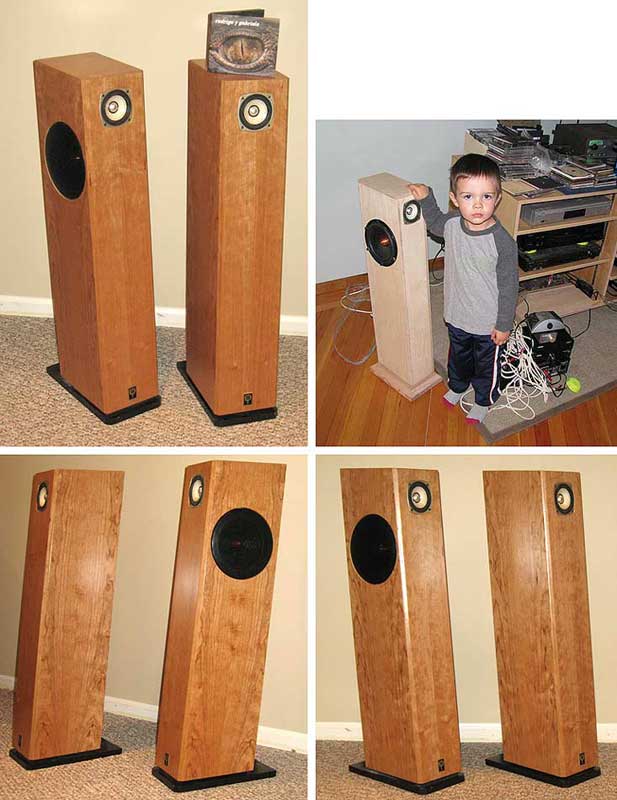
A thread for Tysen and variations on FAST
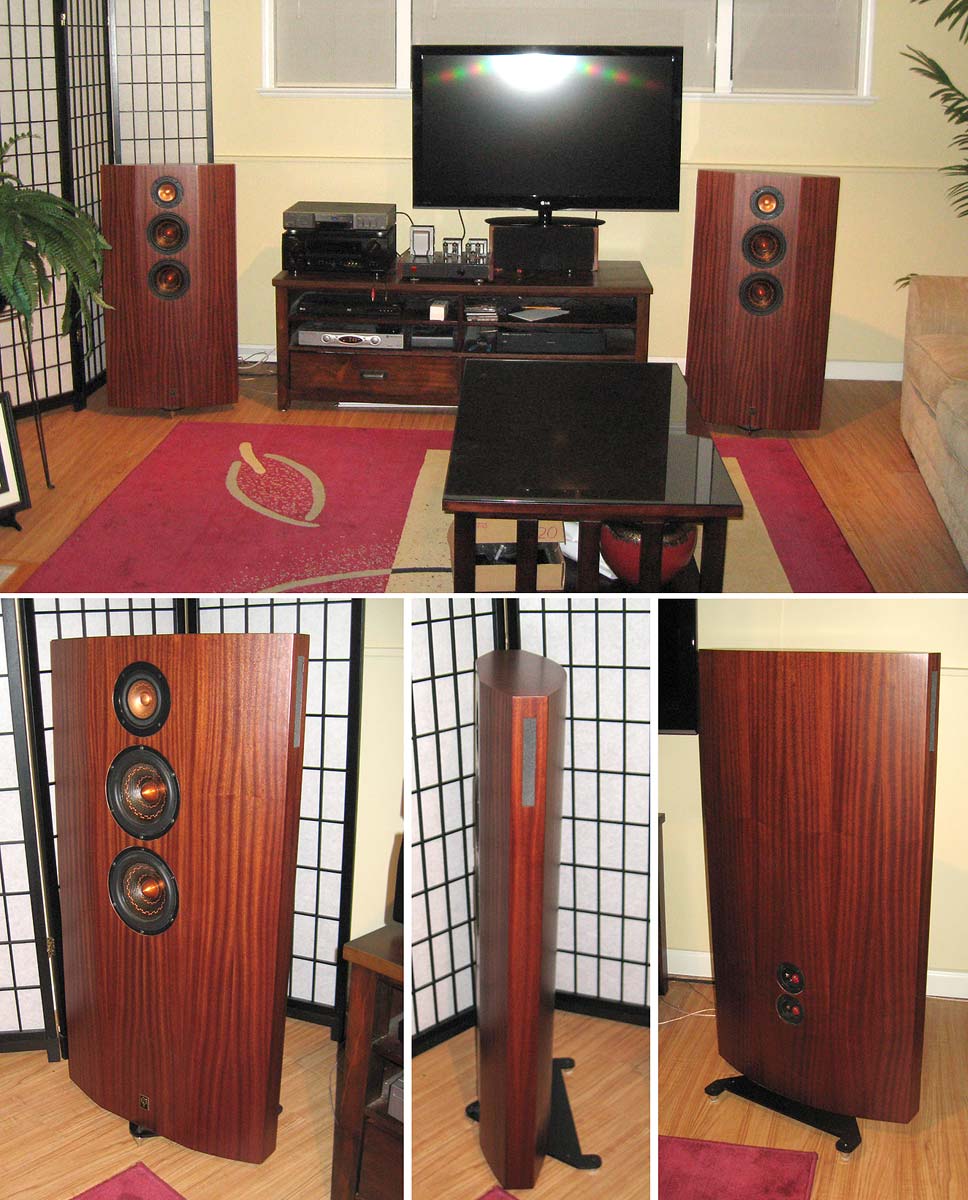
P10-hifi Alpair 7.3eN + SDX7eN FAST
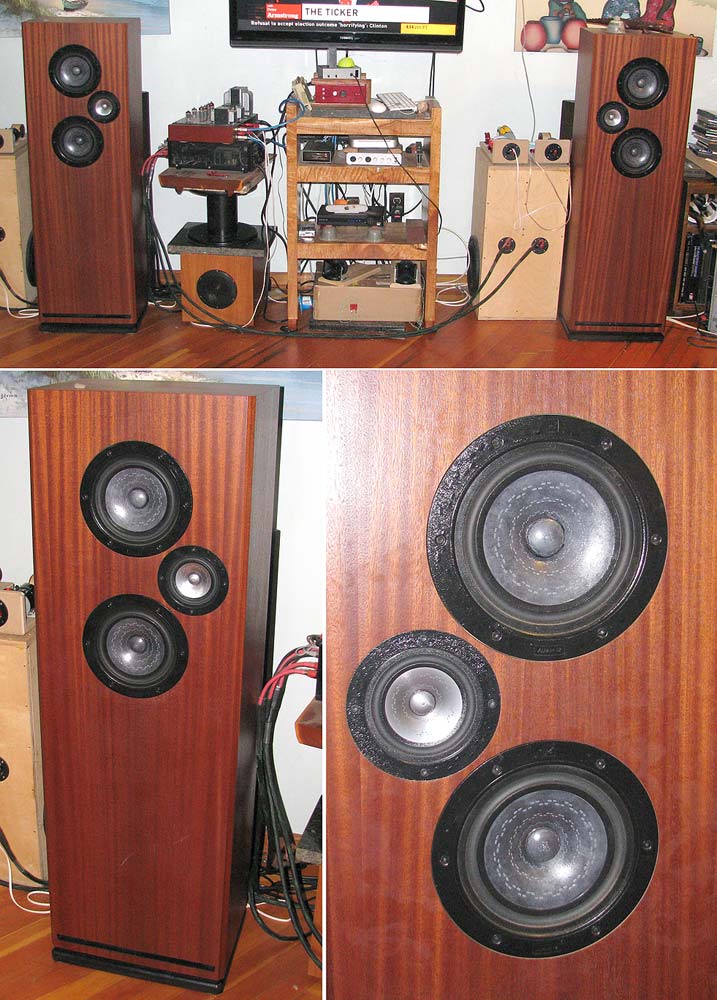

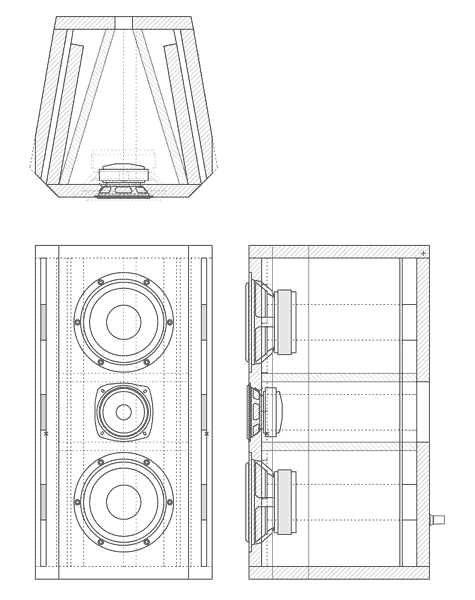
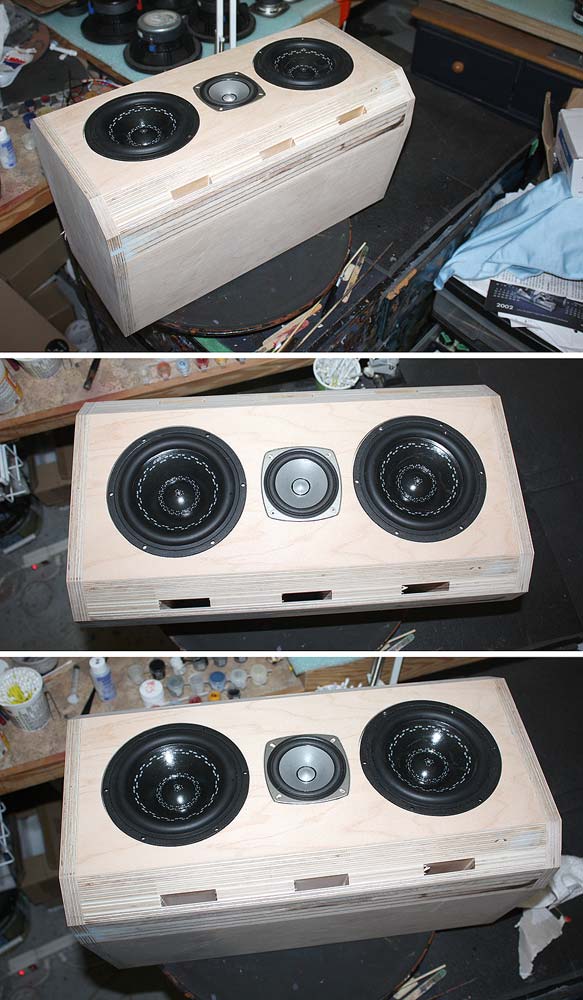
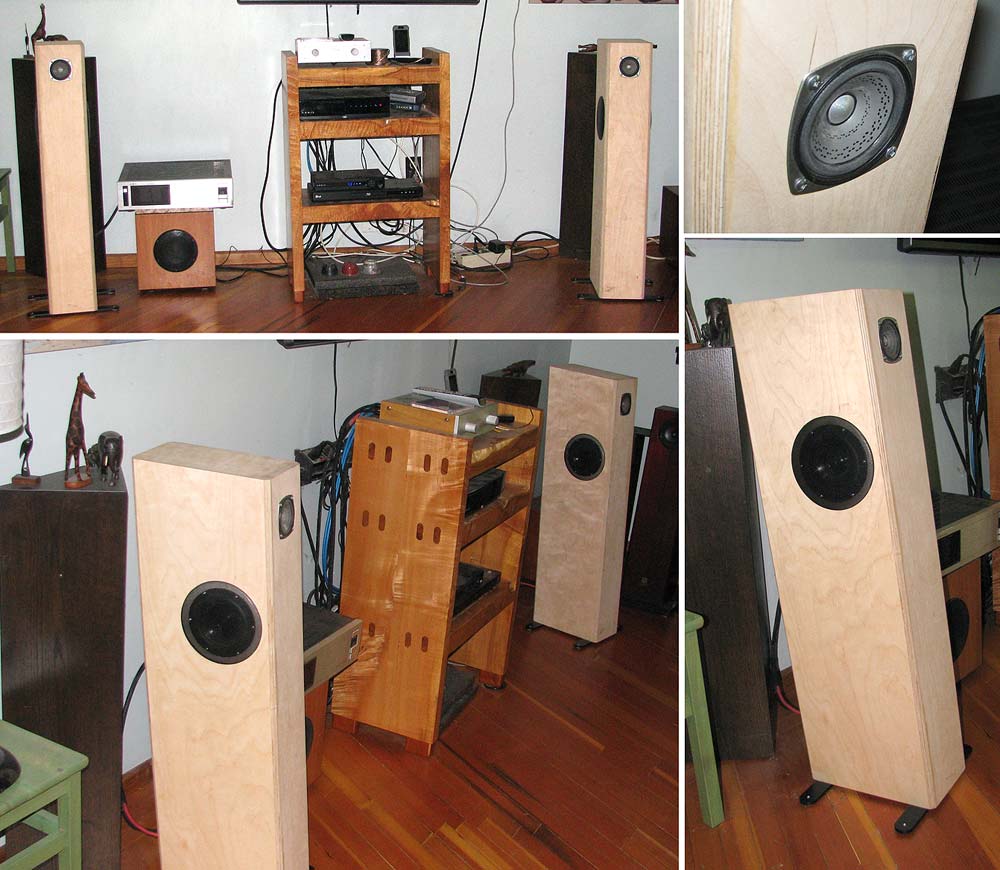
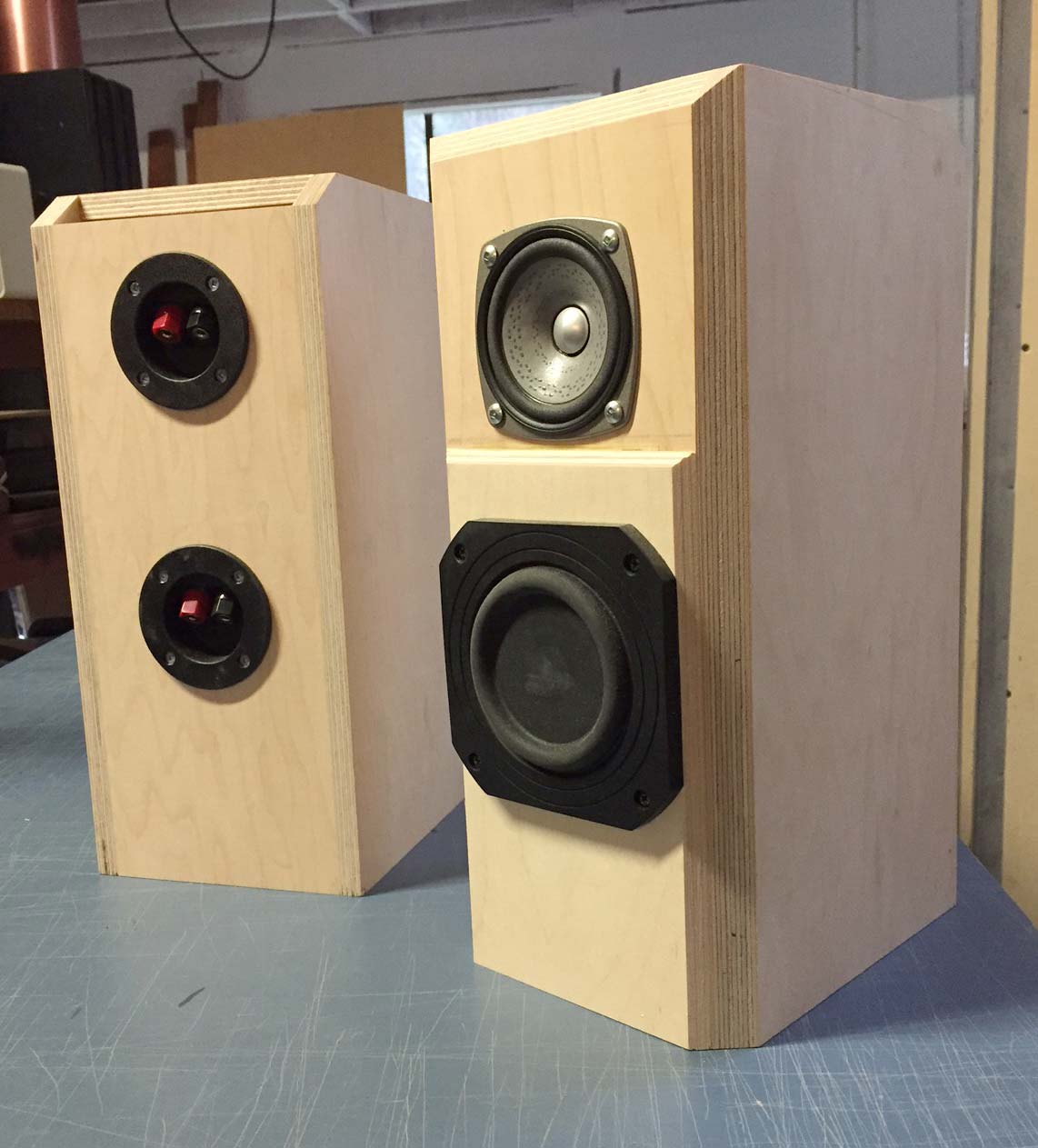
And the inside of a (elaborate) PLLXO.
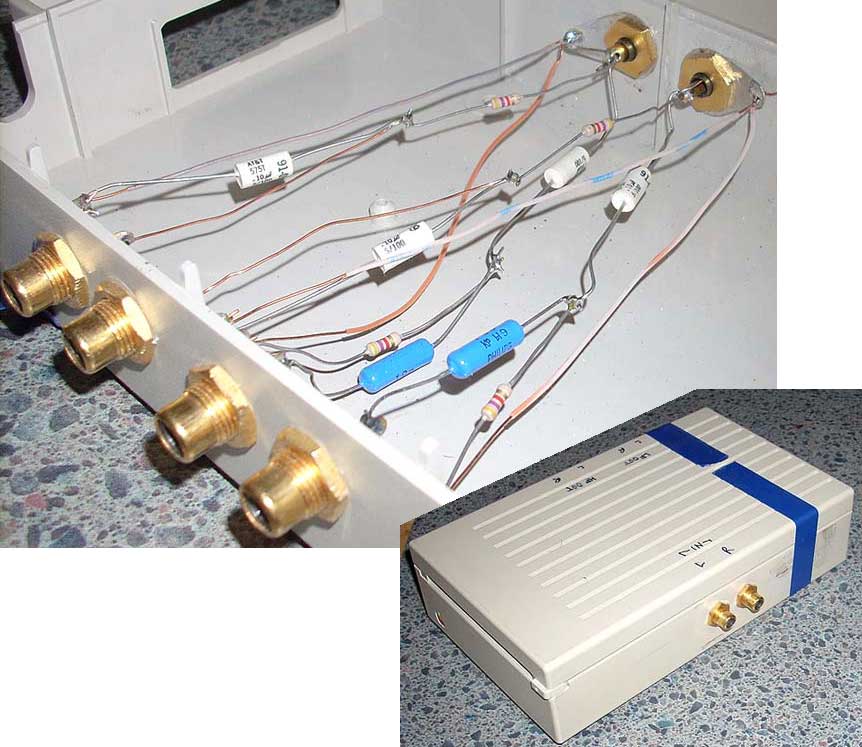
And to addres sthe subject of multiple FRs in one box, i have given much thot to dealing with the issue of combing at high frequencies. A custom design i did for a fellow in Scandinavia lead to this document with possible filter options. The more i think about it, the more i like the series option, despite the signicant variations in impedance. The levels always remain the same as a single driver, but as you go down in frequency there is one driver, then 2, then 4 in the low bass. I keep thinking about a build with 4 Alpair 10PeN, but i have CHBWeN in stock and lots of tweeters to fill in at the top. As lond as the caps are chossen such that the filter point is below the quarter-wave Centre-to-centre of the drivers than everything is smooth.
http://www.planet10-hifi.com/downloads/Kal-Elx4-wiring2.pdf
dave
By relieving the FR of bass it is able to excel in the mid & top and you can have as much bass as you can afford (space & dollars). A smaller FR can be used which typically further improves mid/top performance and offers better dispersion.
If you can bi-amp you have much greater versatility, and with careful design you can get away with 1st order PLLXO filters which are both cheap & have no electronic hash added (and less information subtracted).
A passive XO presents more restrictions, one has to get the bass driver — fullrange driver sensitivities in sync. And the parts for a passive XO at the frequencies typically used (150-450 Hz) are large and can easily be pricier than a 2nd amp & PLLXO.
We have built quite a few WAW, from our original Tysen, Ellispa (name borrowed from the Sonuz Faber that inspired it), the big MTM (and a cheaper version that proceeded it), a bookshelf MTM that evolved into the floorstander Tysen V2. We have not always been successful. A little desktop WAW with an FF85wk & a TB 3” subwoofer did not produce as good or as deep bass as the FF85wk by itself in Frugel-Horn Lite. Pictures follow. And a jump off thread or 2. The most important thing to take away are the themes… there is a huge space of possible implementations.

A thread for Tysen and variations on FAST

P10-hifi Alpair 7.3eN + SDX7eN FAST






And the inside of a (elaborate) PLLXO.
And to addres sthe subject of multiple FRs in one box, i have given much thot to dealing with the issue of combing at high frequencies. A custom design i did for a fellow in Scandinavia lead to this document with possible filter options. The more i think about it, the more i like the series option, despite the signicant variations in impedance. The levels always remain the same as a single driver, but as you go down in frequency there is one driver, then 2, then 4 in the low bass. I keep thinking about a build with 4 Alpair 10PeN, but i have CHBWeN in stock and lots of tweeters to fill in at the top. As lond as the caps are chossen such that the filter point is below the quarter-wave Centre-to-centre of the drivers than everything is smooth.
http://www.planet10-hifi.com/downloads/Kal-Elx4-wiring2.pdf
dave
- Status
- Not open for further replies.
- Home
- Loudspeakers
- Full Range
- Loudspeaker Book Theory Design